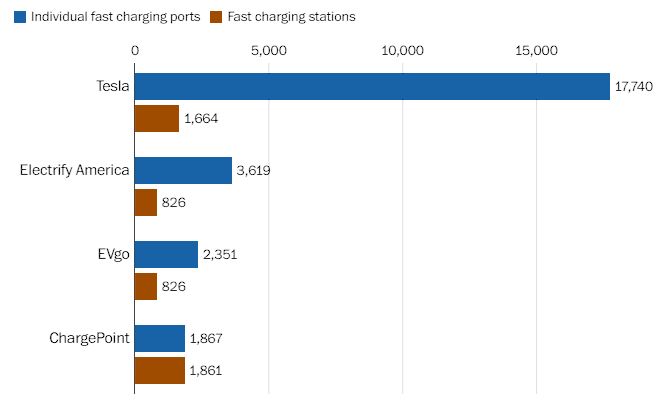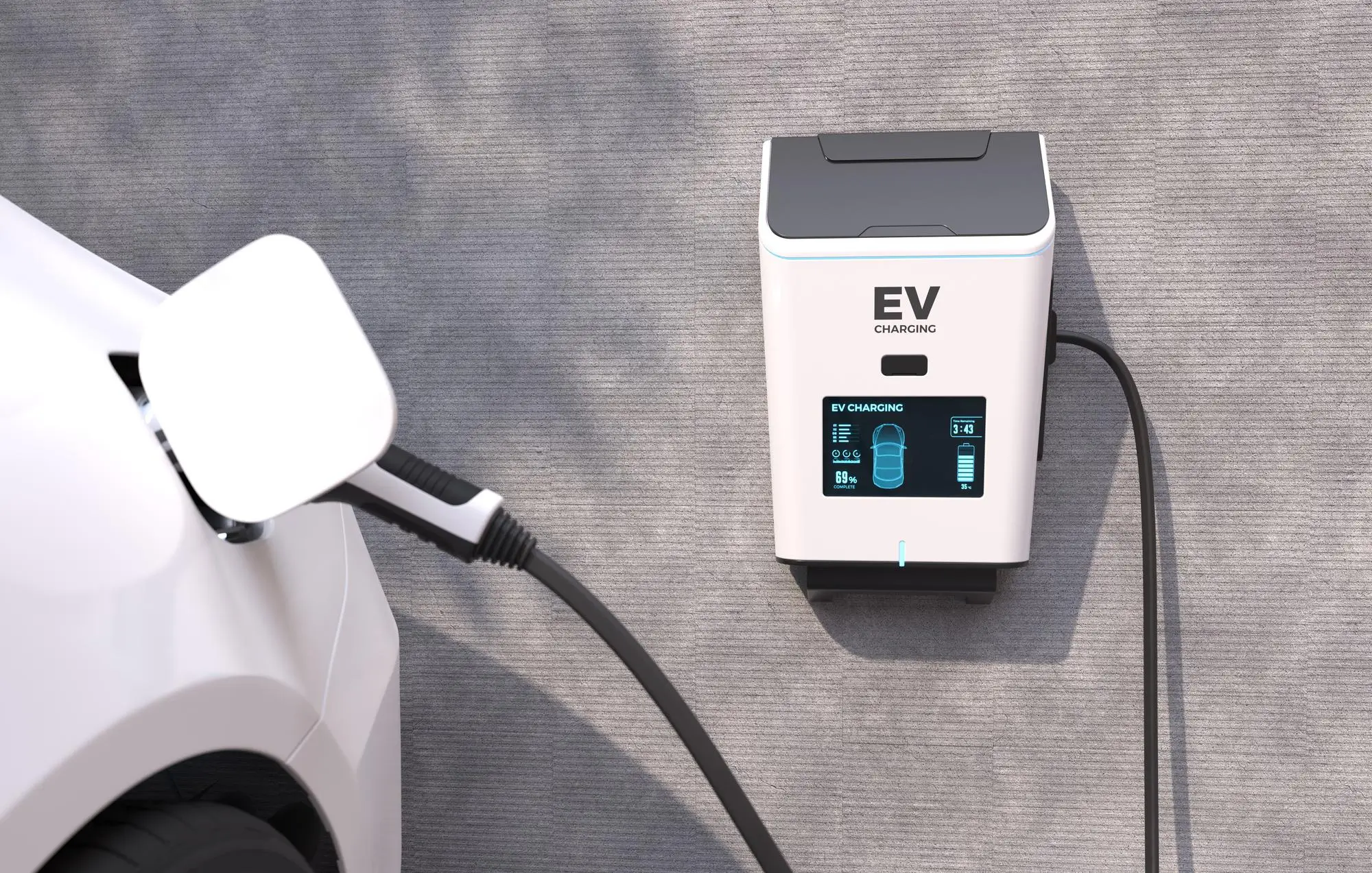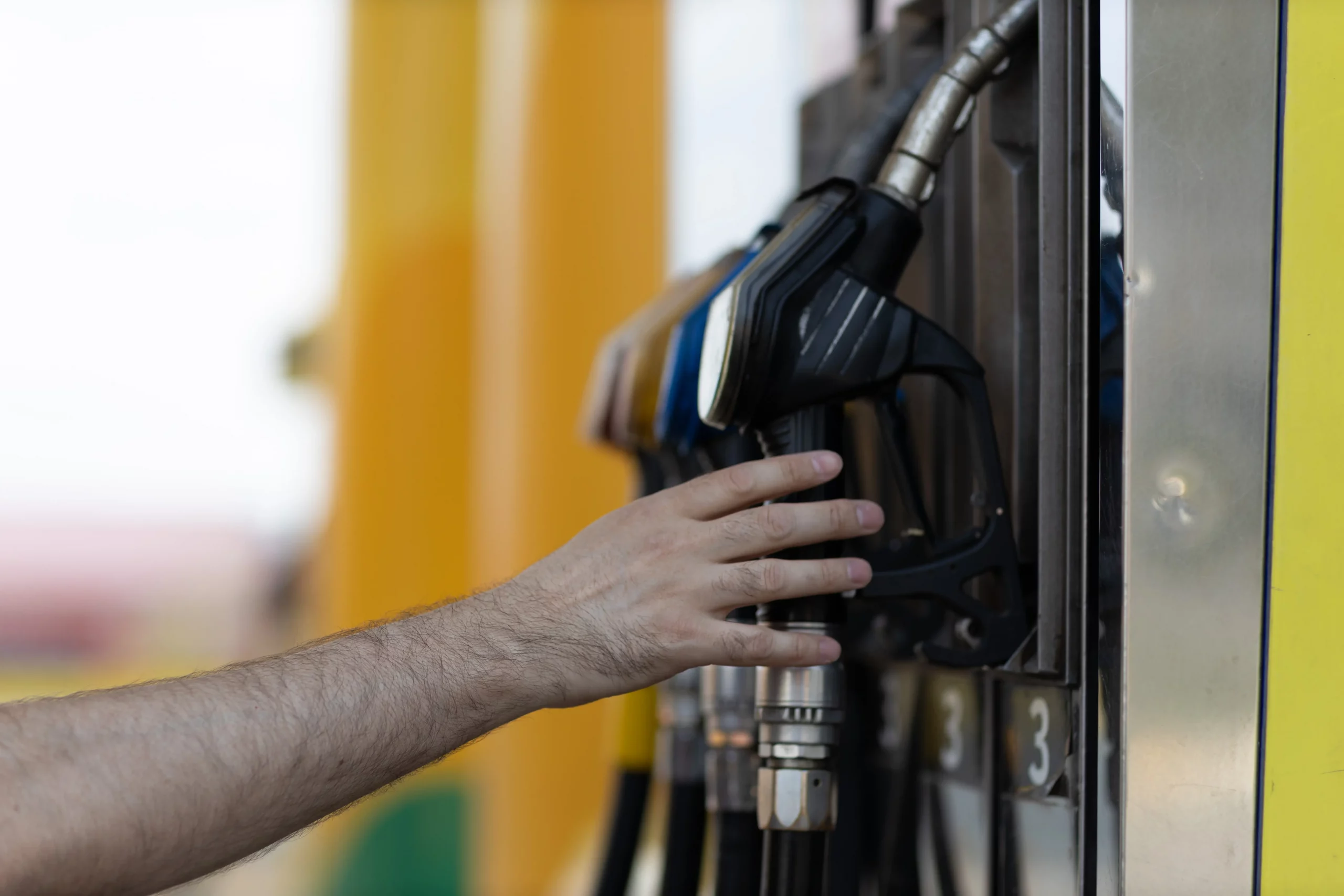The Urgent Need for a Reliable Charging Network for EVs (PDF)
The Biden administration has made it clear that electric vehicles (EVs) are a priority for the United States, unveiling some of the most aggressive auto climate rules in the world. However, there is a threat facing America’s EV transition that few are talking about – the country’s broken and dysfunctional public charging system.
The Challenges of a Complex and Unreliable Public Charging Network
While most EV drivers charge their vehicles at home, the growing number of EVs on the road is putting increased pressure on the public charging system. Unfortunately, this system is unreliable, inconvenient, and confusing. For example, many drivers might show up at a DC-fast charging station only to find that most of the chargers are broken or require a specific app on their phone to use.

More than a quarter of the 657 fast-charging points in the San Francisco Bay Area did not function after a two-minute charging test, according to a study conducted last year. The charging cable did not reach the charging port of the vehicle, the payment system did not work, the charging screen wasn’t working, or the network was down at these charging points.
The complexity of the US charging system is sparking confusion among early EV adopters and could dampen enthusiasm for electric cars. This hodgepodge of private companies, utilities, government resources, and auto suppliers creates a problem for anyone who just wants to charge up, as well as presents a quandary for policymakers. For example, an average EV owner may find themself having to juggle up to eight phone apps and multiple RFID cards in order to access all the chargers out there.
Things only get worse in the US, where most charging stations are not regulated. There are no set standards for how long they will be functional and operable. To meet these requirements, the Biden administration included regulations on $5 billion of funding for public chargers in the infrastructural bill, setting a 97 percent uptime and single payment system requirement. However, this only applies to federally funded chargers.
It is unlikely that EV sales will grow as quickly as the Biden administration wants unless the United States sorts out its public charging infrastructure. According to the strictest version of the rules the Environmental Protection Agency proposed Wednesday, two-thirds of all new passenger vehicle sales by 2032 would have to be electric.
In addition, as the number of EV drivers continues to rise, the strain on already struggling charging stations will increase. Furthermore, with a growing number of drivers living in apartments or lacking convenient access to home charging stations, the need for a more efficient and reliable system is paramount. While early adopters and avid EV fans may have multiple backup plans in place, a smoother and simpler infrastructure will be necessary for widespread EV adoption among the general public.
In addition, the United States’ public charging system is far behind other countries. There are 400,000 charging points in Europe, and 1.2 million in China, but only 140,000 in the United States. We haven’t reached the mass market yet. A lack of infrastructure will stymie everyone’s plans.




